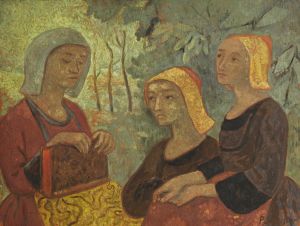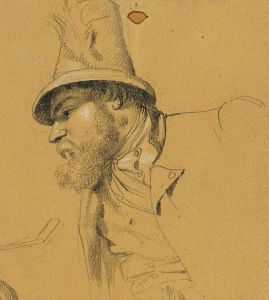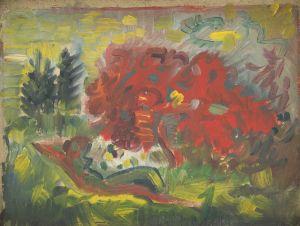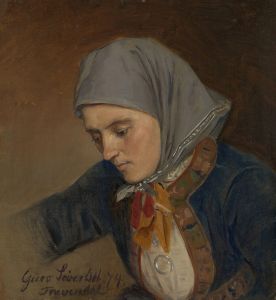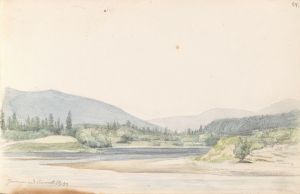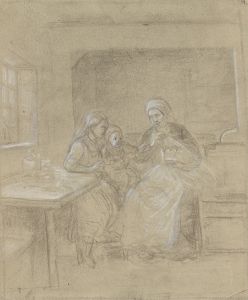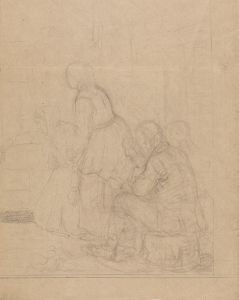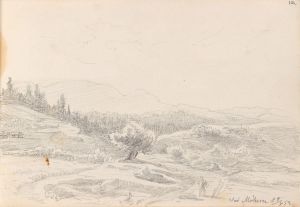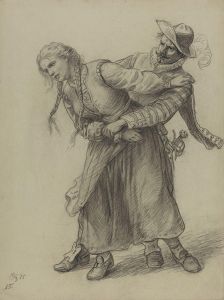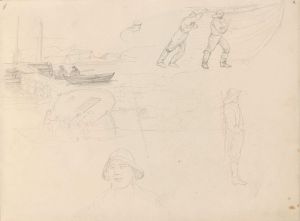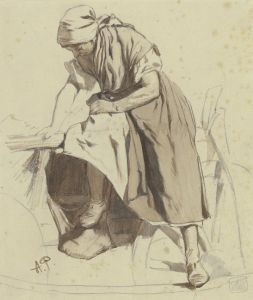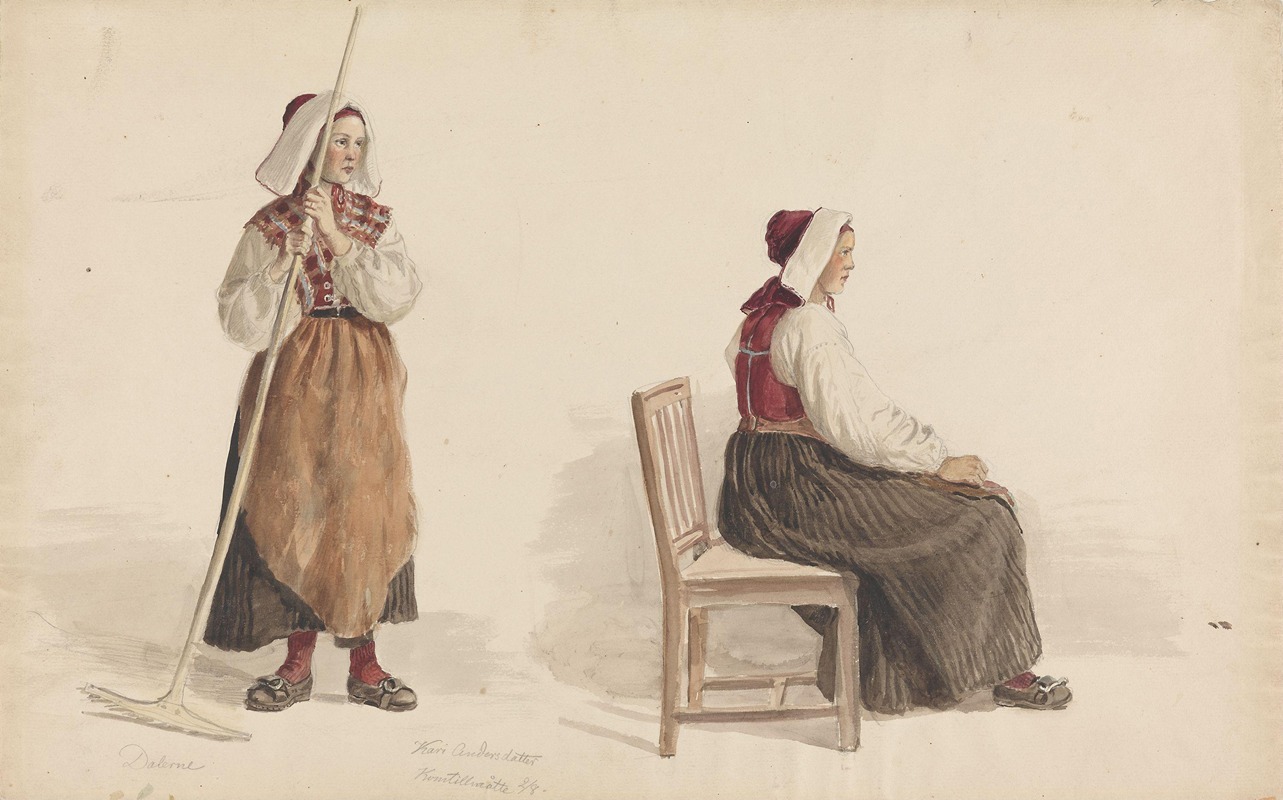
Kari Andersdatter, Dalarne
A hand-painted replica of Adolph Tidemand’s masterpiece Kari Andersdatter, Dalarne, meticulously crafted by professional artists to capture the true essence of the original. Each piece is created with museum-quality canvas and rare mineral pigments, carefully painted by experienced artists with delicate brushstrokes and rich, layered colors to perfectly recreate the texture of the original artwork. Unlike machine-printed reproductions, this hand-painted version brings the painting to life, infused with the artist’s emotions and skill in every stroke. Whether for personal collection or home decoration, it instantly elevates the artistic atmosphere of any space.
Adolph Tidemand was a prominent Norwegian painter in the 19th century, known for his detailed and romantic depictions of Norwegian folk life and traditions. One of his works, "Kari Andersdatter, Dalarne," showcases his skill in capturing the essence of rural Scandinavian culture. However, specific information about this particular painting is limited, and it is not as widely documented as some of his other works.
Adolph Tidemand was born on August 14, 1814, in Mandal, Norway. He studied art in Copenhagen and later in Düsseldorf, which was a significant center for art education at the time. Tidemand became associated with the Düsseldorf School of painting, which emphasized detailed realism and often focused on historical and genre scenes. His education and experiences in Düsseldorf greatly influenced his artistic style, which combined realism with a romanticized view of Norwegian life.
Tidemand's work often depicted Norwegian peasant life, traditional costumes, and rural customs, reflecting a growing interest in national identity and cultural heritage during the 19th century. This was a period when many European countries were experiencing a resurgence of interest in their own folk traditions, partly as a reaction to the rapid industrialization and modernization occurring at the time.
"Kari Andersdatter, Dalarne" is presumed to be one of Tidemand's many portraits or genre scenes that illustrate these themes. While specific details about the painting are scarce, it likely features a figure or scene from the Dalarna region, which is known for its rich cultural traditions and distinctive folk costumes. Dalarna is a historical province in central Sweden, and its cultural heritage has often been a subject of artistic interest.
Tidemand's paintings are characterized by their attention to detail and the careful rendering of textures and materials, such as the intricate patterns of traditional costumes or the rustic interiors of Norwegian homes. His works often convey a sense of nostalgia and reverence for the simplicity and authenticity of rural life.
Throughout his career, Tidemand collaborated with other artists, most notably Hans Gude, with whom he created several famous landscape and genre paintings. One of their most renowned collaborations is "Bridal Procession on the Hardangerfjord," which combines Tidemand's figures with Gude's landscapes.
Adolph Tidemand's contributions to Norwegian art were significant, and his works remain an important part of Norway's cultural heritage. His paintings are housed in various museums and collections, including the National Gallery in Oslo, where they continue to be appreciated for their historical and cultural value.
In summary, while specific information about "Kari Andersdatter, Dalarne" is limited, it can be understood within the broader context of Adolph Tidemand's oeuvre, which celebrated and preserved the folk traditions and rural life of Scandinavia during the 19th century. His work remains a testament to the cultural and artistic movements of his time, reflecting a deep appreciation for the heritage and identity of his homeland.





